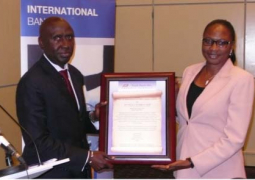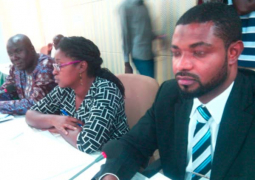Vice President Dr Isatou Njie-Saidy has said that literatures have revealed that 2.5 billion economic losses and over 500,000 lives have been lost as a result of disaster in the past decades “and the situation is still on the increase”.
The Vice President, who also serves as the Chairperson of the Disaster Management Governing Council, made this remark at the opening of a one-day validation of the Gambia National Contingency Plan.
Held at the Paradise Suites Hotel in Kololi, the forum attracted senior government officials as well as development partners.
According to VP Njie-Saidy, to validate the National Contingency Plan is a requirement by the National Disaster Management Act and policy.
This, she said, is a process led by the National Disaster Management Agency based on its mandate and was done in collaboration with all stakeholders such as Government, Ministries and department non-Governmental Organisations, UN agencies, the private sector, civil society and other institutions.
The vice president said that, inter alia 168 UN member countries met at Kobe, Hyogo in Japan where they discussed and strategised the way forward to build community resilience to mitigate the impact of disaster on affected communities and to encourage nations to build resilience to disaster.
She asserted that during that world conference, which came after the devastating Indian Ocean Tsunami, the international community adopted the Hyogo Framework for Action for the Period 2005-2015.
“With five key priority pillars, which are to ensure that disaster risk reduction is a national and local priority with a strong institutional basis for implementation, to identify, assess and monitor disaster risk and enhance early warning,” she said.
She noted that the priority areas are the guiding pillars of disaster management at the international, regional, sub-regional and national level.
“The implementation of these pillars is on track in The Gambia, particularly the governance dimension of the HFA, which is priority one,” she added.
This situation, the vice-president further stressed, could not have been possible without the government taking the lead role and firmly in the driver’s seat with the establishment of an institutional framework for disaster management in the country.
The development of a national contingency plan is not an easy task, she said, adding that it requires time, knowledge and skills to articulate representative information and to have a meaningful and effective response where gaps exist.
The Gambian vice president therefore expressed her appreciation thanking to all those who participated in the development of “this very important document despite the challenges and constraints they went through”.
A contingency plan is neither a thesis nor an extended essay but a living document that can be simulated and used as a resource mobilization tool for preparedness and response.



